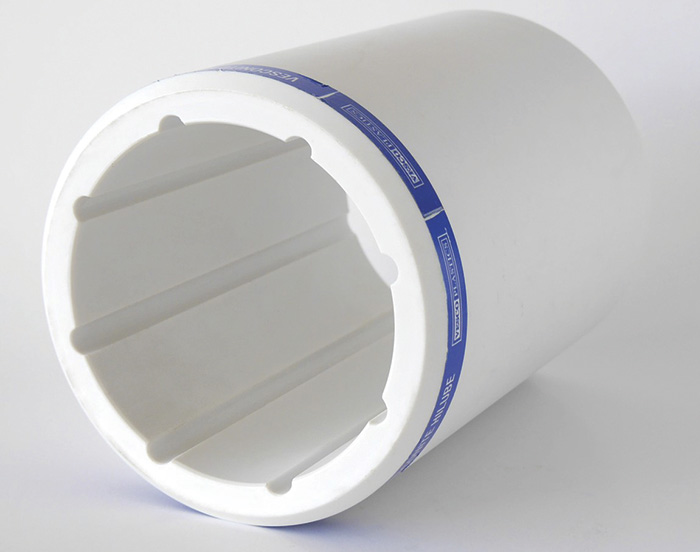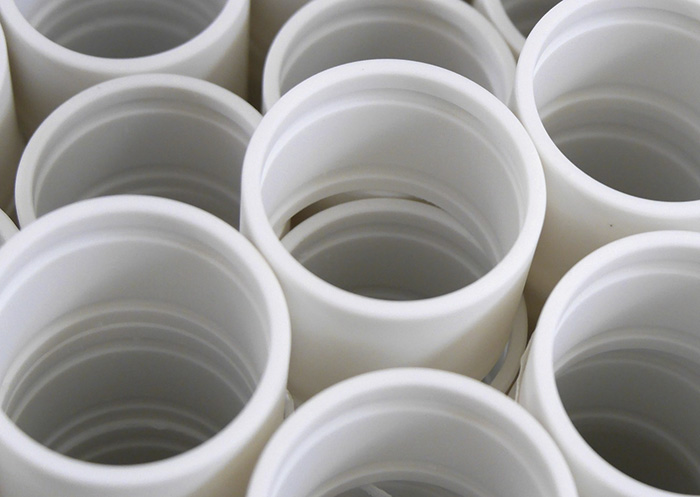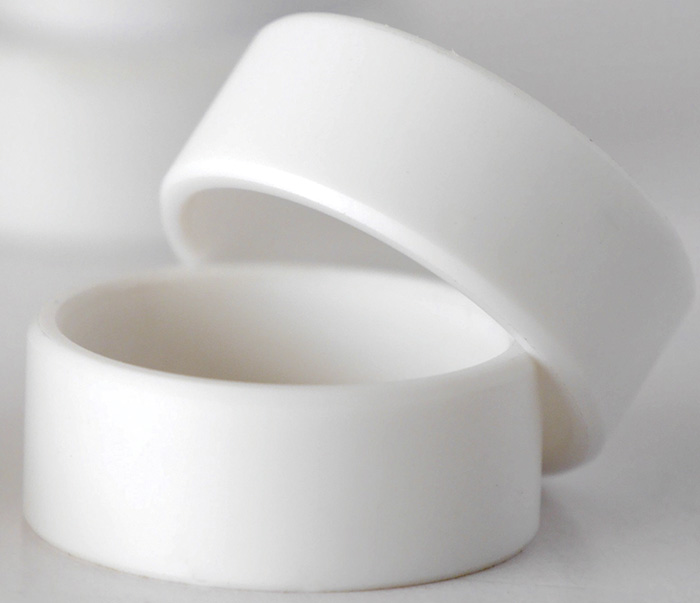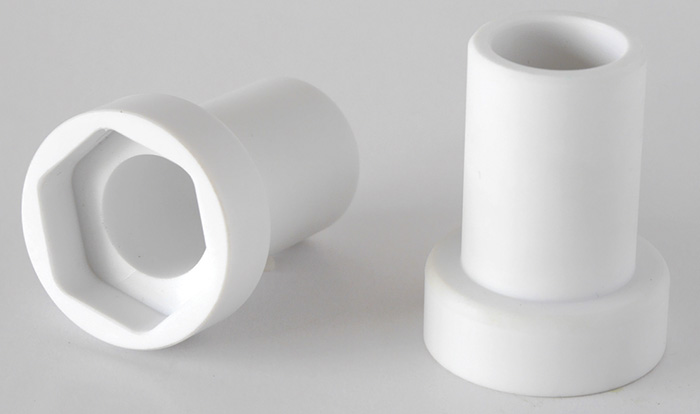End users can request a prototype sample to test the thermoplastic’s suitability in a given application.
Vesconite Bearings
04/24/2017
Many facilities managers and maintenance engineers choose thermoplastic bearings because they offer a “fit-and-forget” solution. They often exceed a user’s expectations even in the toughest conditions and can be chosen for their dirt, dust, chemical and corrosion resistance as well as self-lubricating properties.
 Image 1. Bowl bearing. (Images courtesy of Vesconite Bearings)
Image 1. Bowl bearing. (Images courtesy of Vesconite Bearings)1. Check the brand and origin of the product.
Low-quality thermoplastics can give thermoplastics a poor reputation—with some melting, some degrading when exposed to UV light, some offering limited resistance to solvents, some relaxing and weakening under long-term loading, and some swelling in water. However, these poor experiences tend to be the exception, especially when dealing with a reputable thermoplastic manufacturer producing a brand of thermoplastics that is known and marketed for particular characteristics. Users should check to see whether they are selecting the product that they intend to use. Sometimes a visual inspection is enough to ensure that the polymer is what it claims to be, but there are some products being marketed by unscrupulous polymer dealers who match polymer colors to convincingly persuade users of a particular polymer’s authenticity. As a result, it may be best to check with the manufacturer if there is any doubt about a polymer’s authenticity and ask the supplier for a material certificate if there are concerns.
 Image 2. Line shaft bearings.
Image 2. Line shaft bearings.2. Understand the specifications.
Thermoplastics come in various grades and types, and it would be dangerous to assume that each has the same properties. Each thermoplastic has its own specifications. Some of the more important specifications are density, melting point, hardness, tensile strength at yield, tensile strength at break, tangent modulus of elasticity, flexural yield strength, deflection temperature at 1.85 megapascals (MPa)/268 pounds per square inch (psi), modulus of elasticity under compression, compression strength at yield, shear strength, notched impact strength charpy, notched impact strength, heat conductivity, coefficient of linear thermal expansion, maximum moisture absorption in water at a given temperature, equilibrium moisture absorption in air, dynamic unlubricated friction coefficient on steel, dielectric strength and gamma ray resistance. Other specifications relate to the polymer’s chemical resistance, including resistance to many acids, mild alkalis, organic chemicals, solvents, hydrocarbons, oils and fuels. Image 3. Bowl bearings.
Image 3. Bowl bearings.3. Consider lubrication.
Many users choose to use polymer bearings because they can run grease free. This is particularly true of internally lubricated polymers, which can have half the friction of greased bronze. But in some applications, it would be beneficial to still grease or lubricate polymer bearings. Greasing of many thermoplastic bearings further deceases friction, allowing higher speeds and improved performance. In a water-pumping environment, however, grease may not be the best lubricant, especially if health or environmental factors are important considerations. Water should be used as a coolant in these applications. The bushings that are most suitable for water contact, and particularly potable water contact, can be identified by various certifications, including the Water Regulations Advisory Scheme and NSF61 certifications. Image 4. Nut bearing.
Image 4. Nut bearing.
